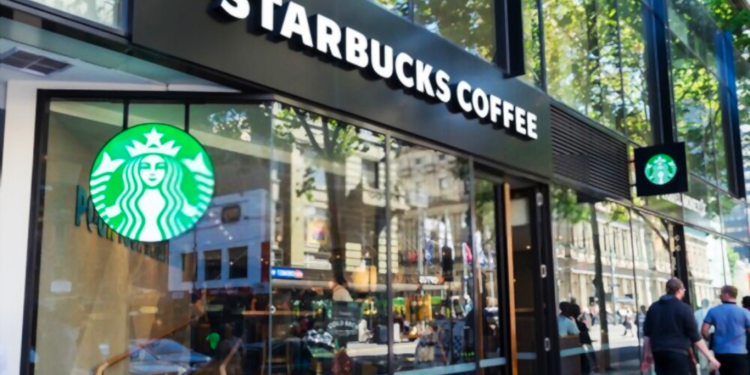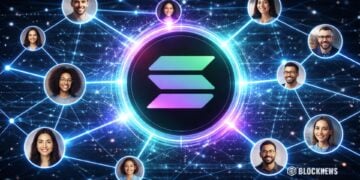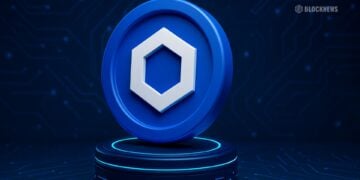For anyone looking to get into Web3, it could be challenging to know where to start. Compared to other financial systems, Web3 has a lot of wallets, exchanges, and protocols that are still unfamiliar. In Web3, new tokens are introduced on almost a daily basis. Web3 has gained traction over the past few years but is still not as popular as Web2.
The system has a long way to go regarding consumer purchases with stable currencies in developed economies. However, from how things are going, it won’t be long until we start using cryptocurrency to make real-world purchases, such as buying a cup of coffee.
Starbucks NFT Program
Starbucks has launched a new non-fungible token (NFT)-based reward program dubbed ‘Starbucks Odyssey.’ This may bring us closer to using digital currency to buy things in the real world.
The Starbucks Odyssey program is still a work in progress, with the full details yet to be disclosed. However, Starbucks has taken a stride that other corporate Web3 initiatives might follow. The Starbucks reward program is more or less the most successful loyalty program in the world. It boasts nearly 60 million reward customers worldwide, with half being in the US.
Starbucks Odyssey combines the successful Starbucks Rewards Loyalty program to allow customers to earn and buy digital assets. These will later unlock experiences and rewards like free drinks. The company will build on its existing program by making Starbucks Odyssey an optional, additional rewards program while reducing the risk. This allows more flexibility in the future in case dynamics around Web3 change.
What Are the Chances the Program Will Be a Success?
Starbucks CMO Brady Brewer told TechCrunch that the company intended to use technology to enhance its business.
“It happens to be built on blockchain and Web3 technologies, but the customer, to be honest, may very well not even know that what they’re doing is interacting with blockchain technology. It’s just the enabler.”
Moreover, most of Starbucks’ customers are millennials aged 25-40, comprising about 50% of the company’s business, followed by Gen Zs. NFTs appeal to this target user base. Gen Zs and millennials have the most general interest and investment experience in NFTs. This works well for Starbucks.
Odyssey’s Shortcomings
Before we fully adopt Web3, the system must undergo some tough design decisions. For instance, Starbucks will have to develop a way to generate direct and indirect revenues instead of giving users free NFTs for marketing.
Keeping Customers Hooked
To achieve this, Starbucks will have to design digital rewards that are interesting enough to the Gen Z demographic, who make up a majority of its customers. This way, they will form the basis of an effective reward program and continue attracting ongoing revenue.
“There will be a lot of ways for people to earn without having to spend a lot of money. We want to make this super easy and accessible. There will be plenty of everyday experiences customers can earn, like virtual classes or access to limited edition merchandise,” said Brewer.
Risk of Speculators
Starbucks has announced that it will allow NFT holders to trade in peer-to-peer (P2P) marketplaces. This invites a lot of speculators, who affect the experience of organic users in a detrimental way. The company will have to put in place measures to mitigate the impact of speculation. Moreover, the Odyssey design has not yet fully harnessed underlying Web3 technology. It’s hard to tell how Starbucks will manage user requests for features such as self-custody.
Closing Thoughts
It is still unclear whether or not Starbucks intends to deal with the challenge, let alone how. But what still stands is that Starbucks Odyssey serves as a test case for corporate implementation of Web3. So will Starbucks make Web3 mainstream? Let’s wait and see.














